
AeroGenie: il tuo copilota intelligente.
Tendenze
Categories
Garuda’s New 737 Lease Could Worsen Financial Strain
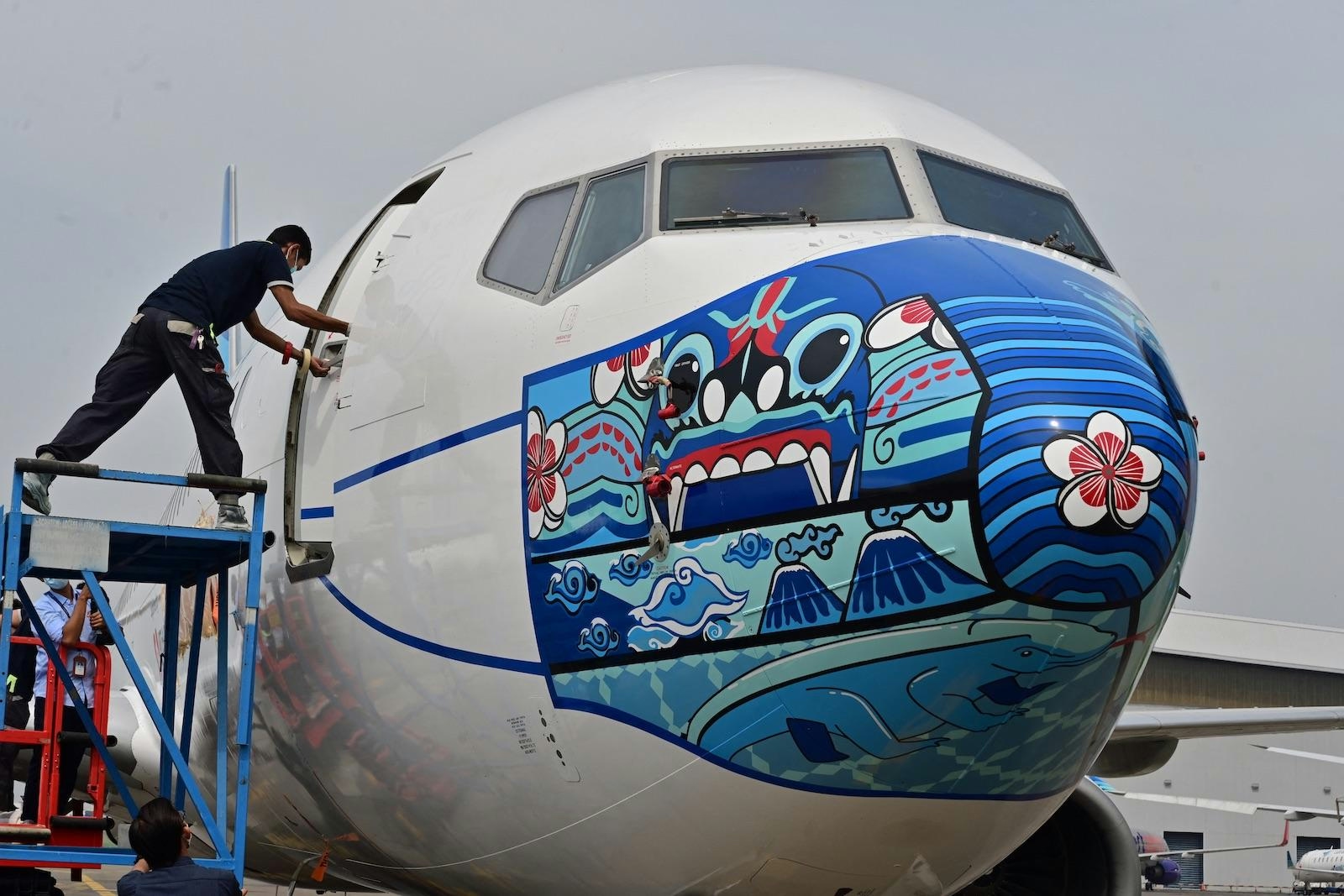
Garuda’s New 737 Lease Could Deepen Financial Strain
Rising Lease Costs Amid Financial Challenges
JAKARTA — Garuda Indonesia is facing increased financial pressure as it begins leasing a new Boeing 737 Max 8 at nearly double the monthly cost of its older 737 models. Sources familiar with the arrangement reveal that the state-owned airline is paying approximately US$400,000 per month for the 737 Max 8 leased from BOC Aviation, compared to around US$200,000 per month for its existing Boeing 737-800 fleet. Neither BOC Aviation nor Garuda representatives responded to requests for comment.
This surge in lease payments comes at a precarious time for Garuda, which is now under the ownership of Indonesia’s sovereign wealth fund, Danantara. The airline reported a full-year loss in 2024, marking its first deficit since restructuring nearly US$10 billion in debt in 2022. Although the newer 737 Max 8 offers improved fuel efficiency, it remains uncertain whether these operational savings will sufficiently offset the substantially higher leasing expenses.
Operational and Financial Pressures
The steep increase in lease costs partly reflects the discounted rates Garuda secured during its debt restructuring, which are not applicable to new aircraft leases. The airline’s financial difficulties are further exacerbated by operational challenges. As recently as May, approximately 10% of Garuda’s fleet was grounded due to difficulties in meeting maintenance payments. Maintenance and repair costs accounted for nearly 16% of the airline’s 2024 revenue, the highest proportion among global flag carriers, according to Bloomberg data.
In an effort to alleviate immediate cash flow constraints, Danantara extended a US$405 million loan to Garuda shortly before the airline agreed to lease the additional 737 Max. However, this infusion does not address the underlying financial strain imposed by the new lease agreement. Creditors and stakeholders have intensified their scrutiny of Garuda’s capacity to manage its mounting obligations.
Strategic Implications and Future Outlook
Industry analysts suggest that Garuda’s escalating financial challenges may create openings for competitors to increase their market share or offer more favorable financing options to attract customers. The ongoing fiscal strain could also undermine Garuda’s ability to maintain its fleet effectively, potentially impacting operational reliability and customer satisfaction.
Further complications may arise from a recent trade agreement between Indonesian President Prabowo Subianto and former US President Donald Trump, which includes the purchase of 50 Boeing jets. This deal could compel Garuda to accept aircraft acquisitions under terms that may not align with its operational needs. Trump announced on social media that Indonesia would order 50 Boeing planes, including several larger 777 models, though he did not specify the buyer. Garuda CEO Wamildan Tsani Panjaitan has previously indicated that the airline is negotiating to acquire between 50 and 75 Boeing aircraft, including 737 Max and 787-9 Dreamliner models.
As Garuda contends with these mounting financial and operational challenges, its resilience will remain under close observation by industry stakeholders and the broader market.
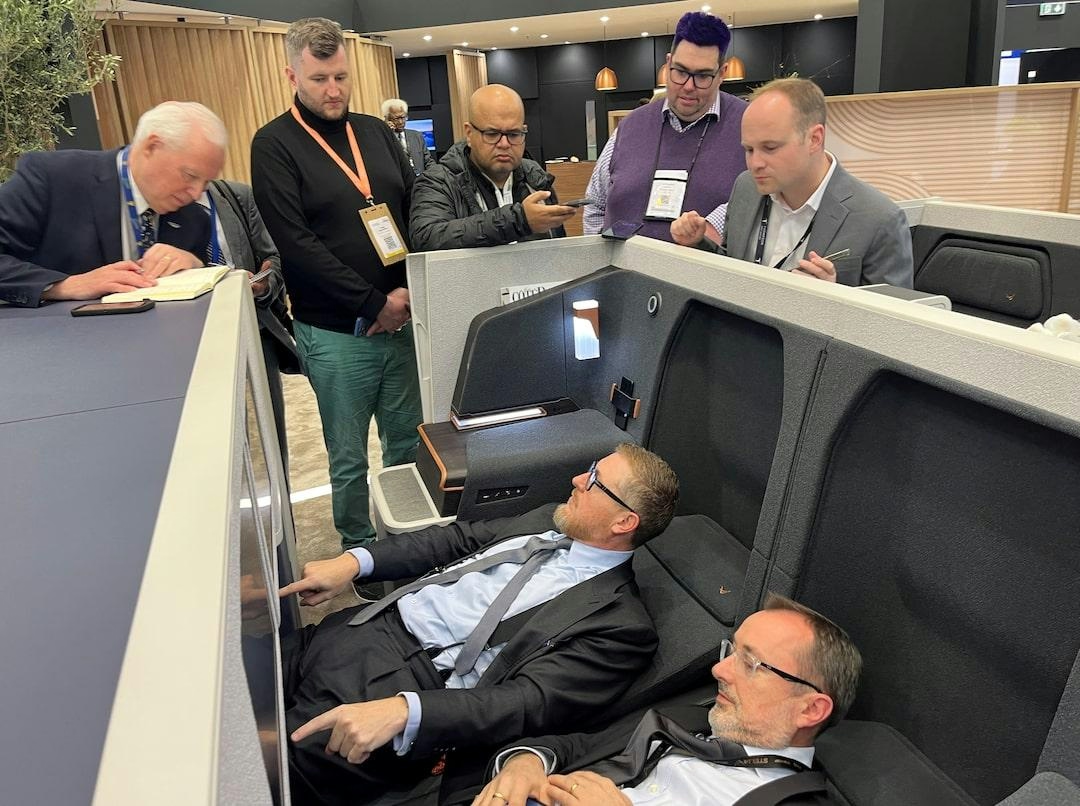
Cabin Interior Delays Continue to Affect Jet Deliveries
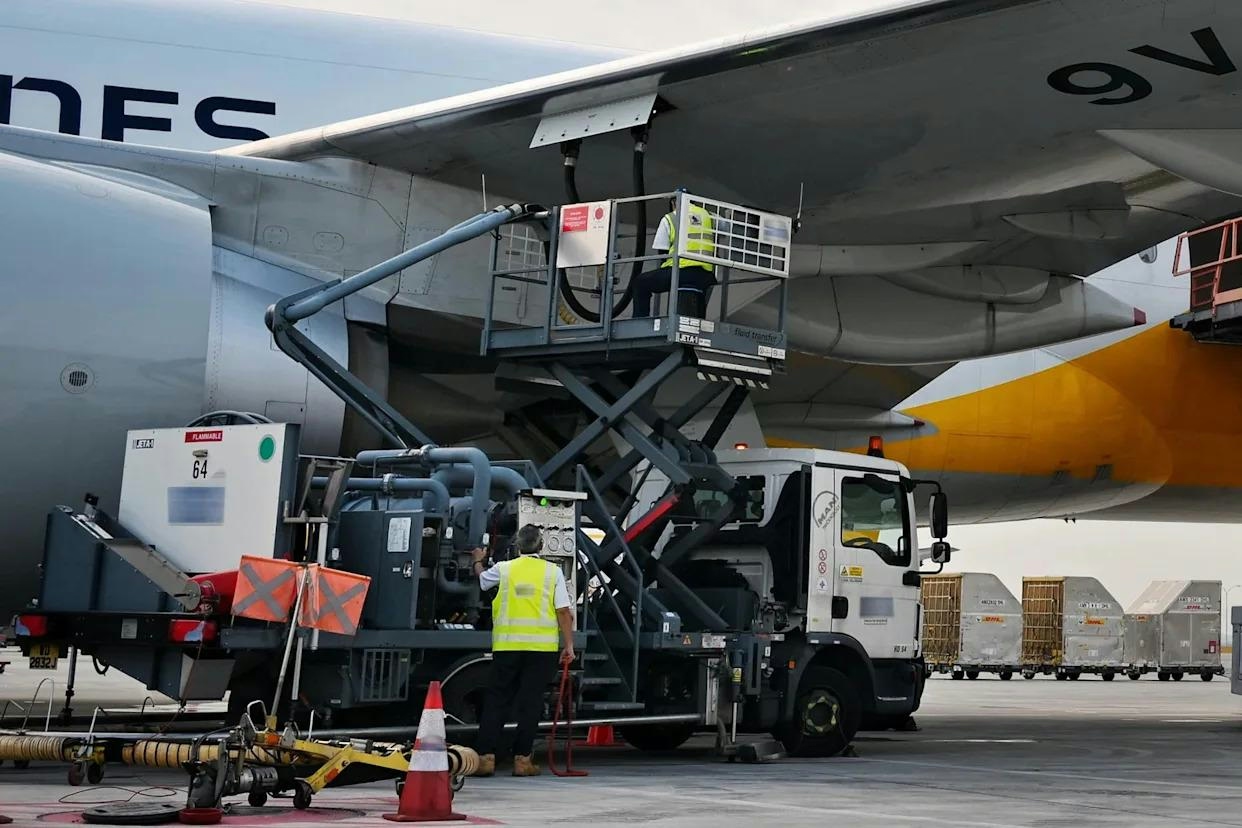
India Faces Fuel and Financing Challenges in Competing with Dubai and Singapore's Aviation Sectors
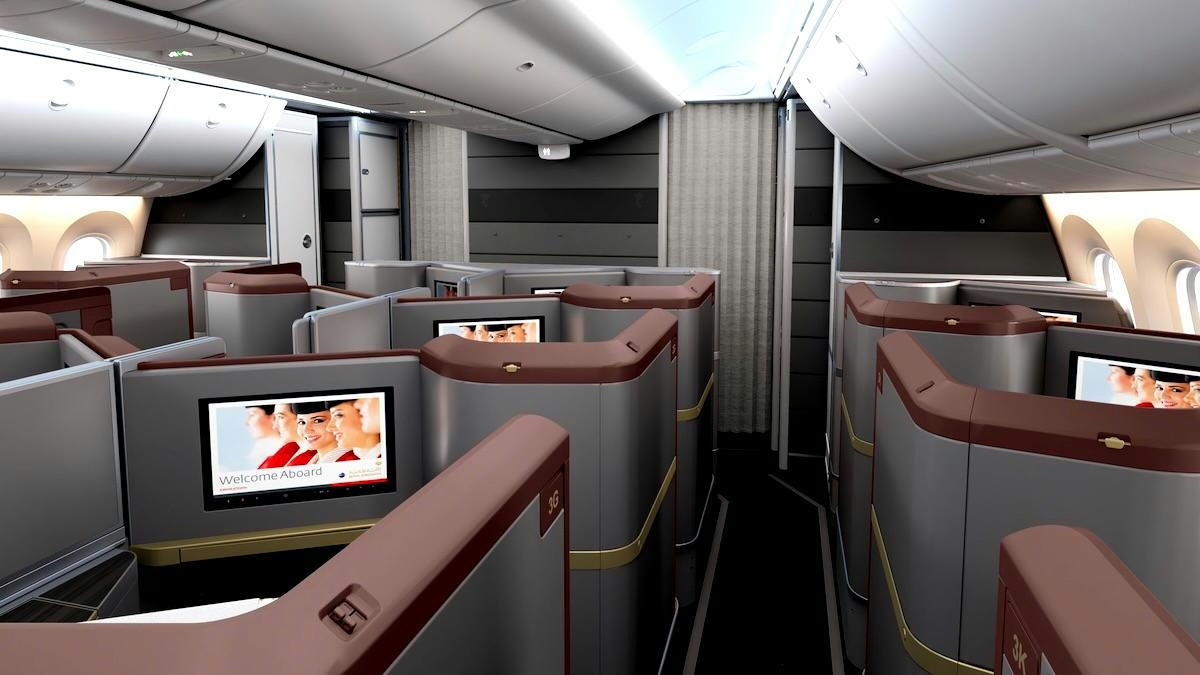
Royal Jordanian to Refurbish Boeing 787-8 Fleet
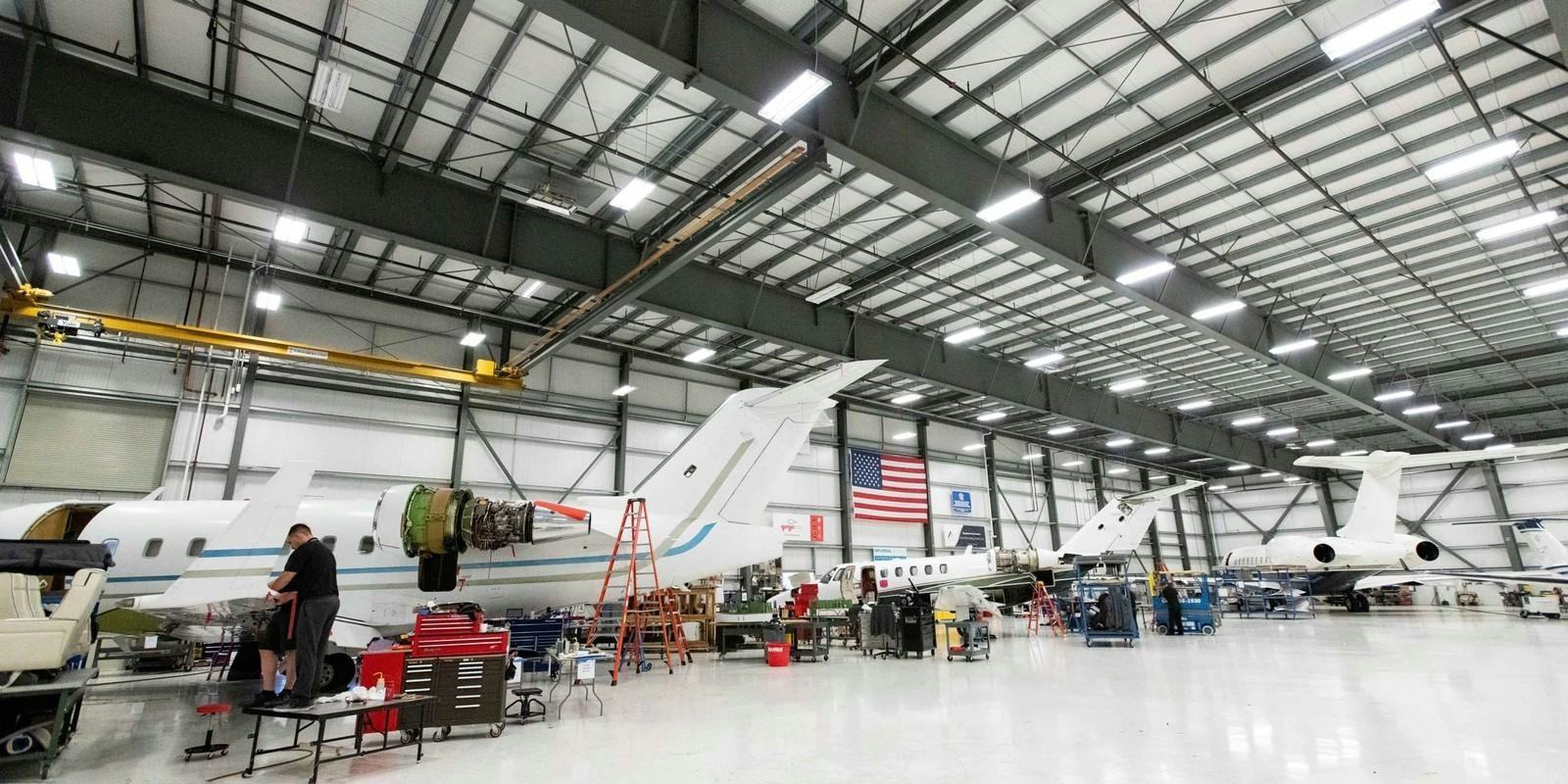
Expert Calls for Policy Reform to Boost Local MRO Investment and Reduce $1 Billion Maintenance Costs
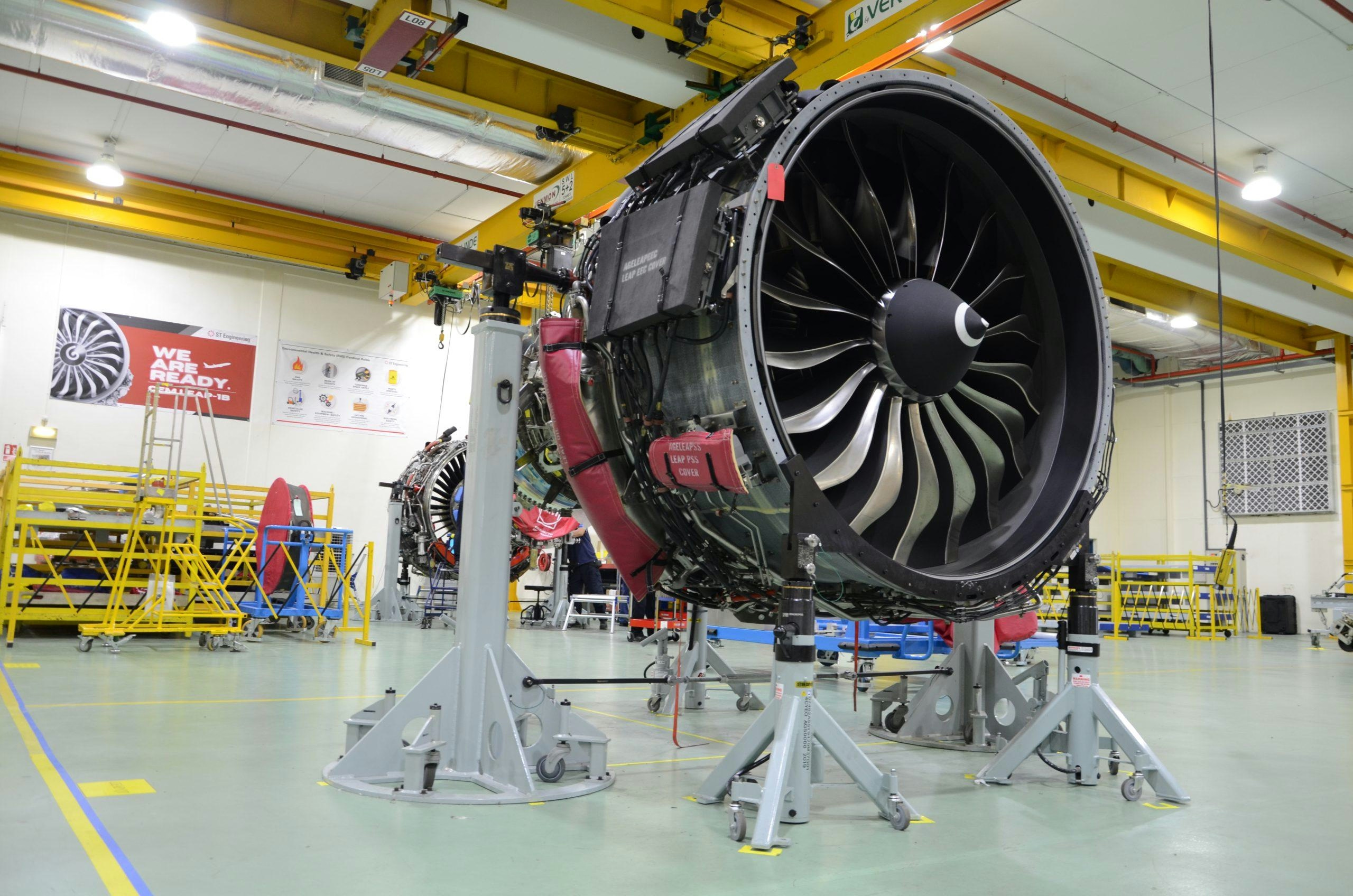
MRO Update: October 21, 2025
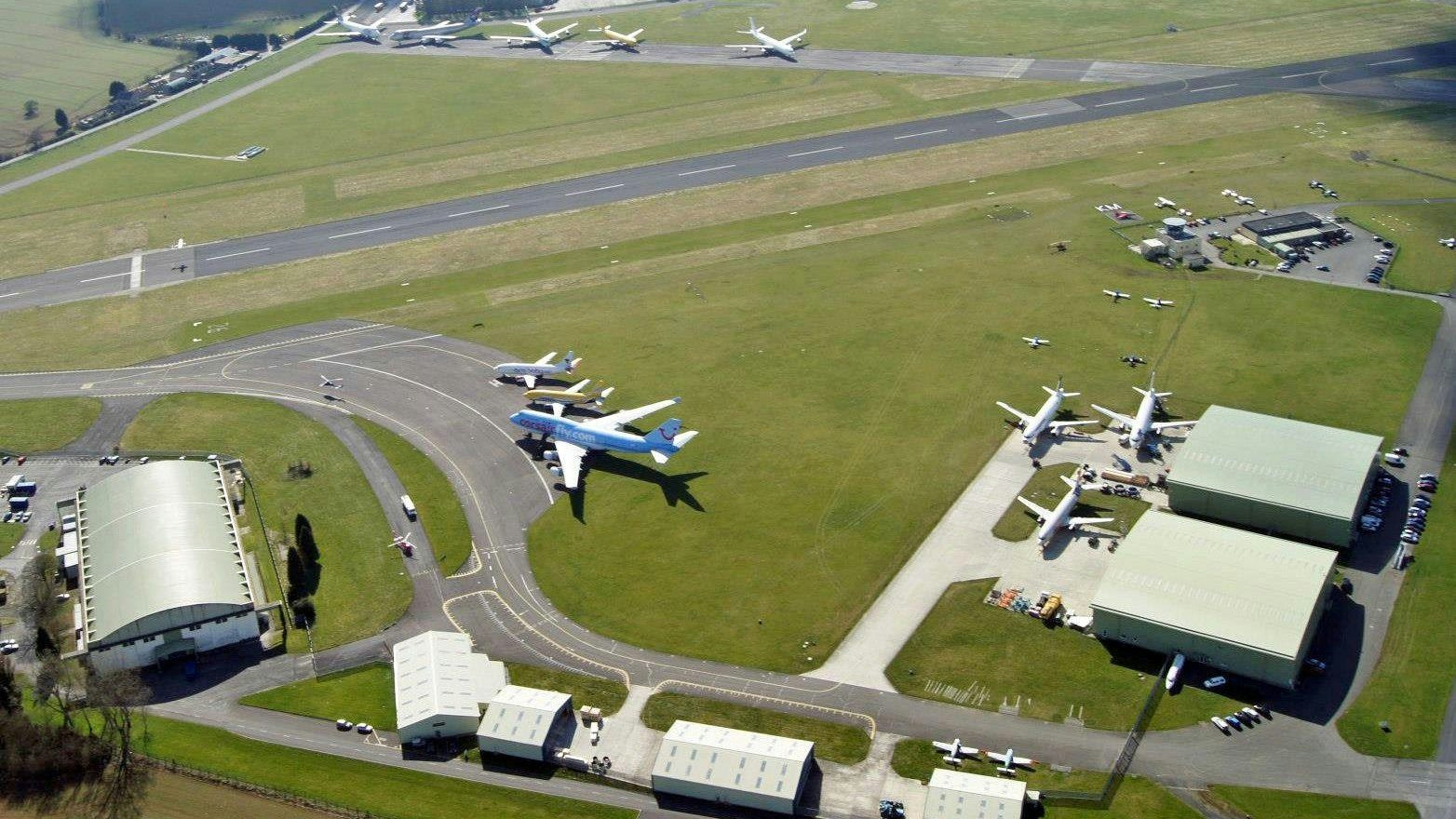
Young Aircraft Retired Early for Engine Salvage
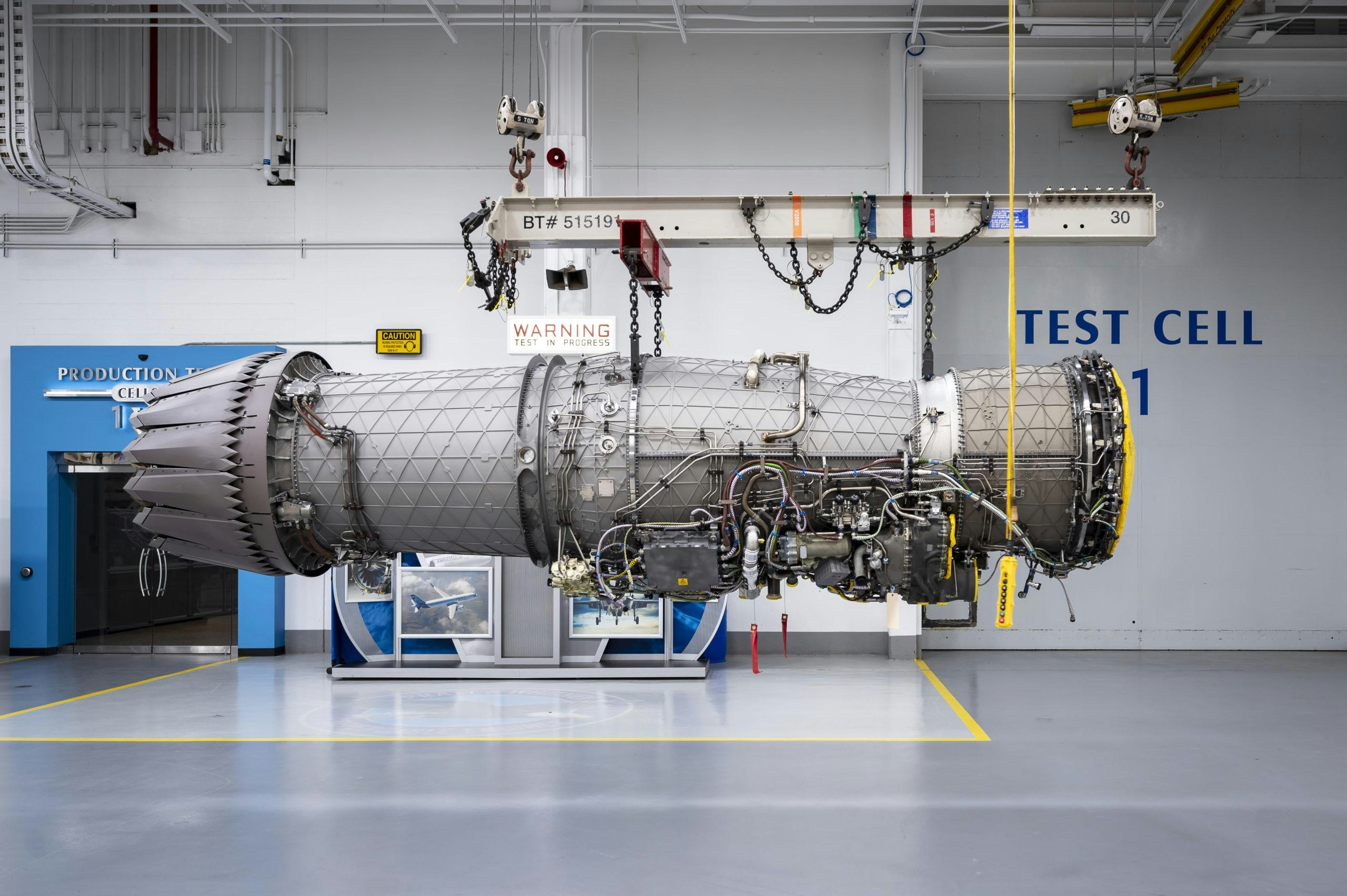
Data Centers Adopt Aviation Engines for Power Generation
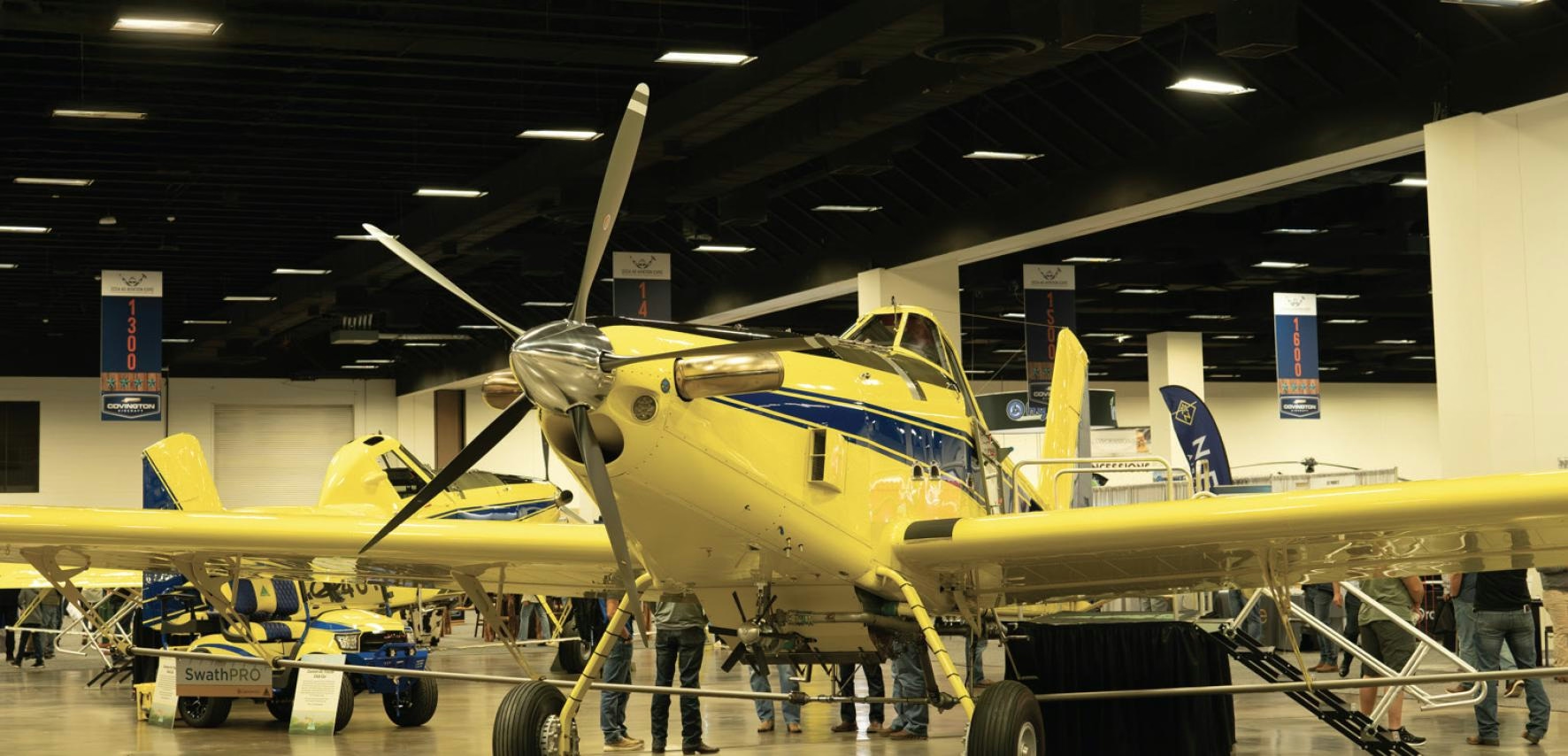
Turbine Conversions Ltd. Marks 35 Years in Ag Aviation and 25 Years of Single Point Fueling
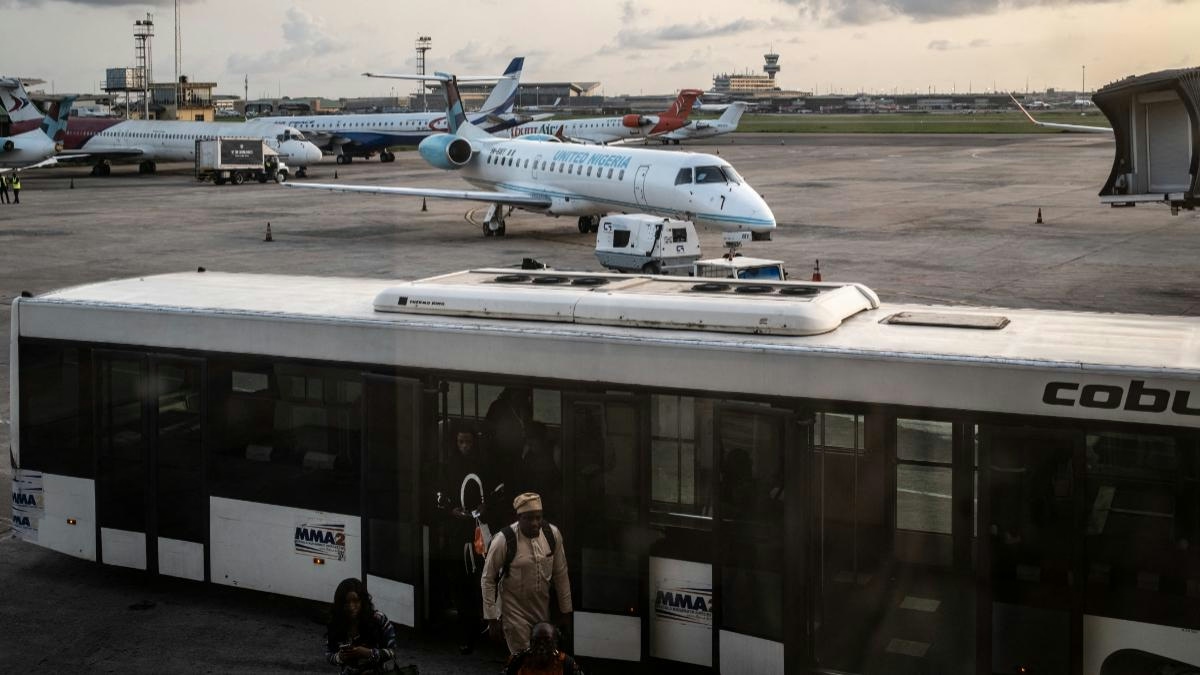
Brazilian, Chinese, and UK Airlines Target Nigerian Domestic Market for Expansion
